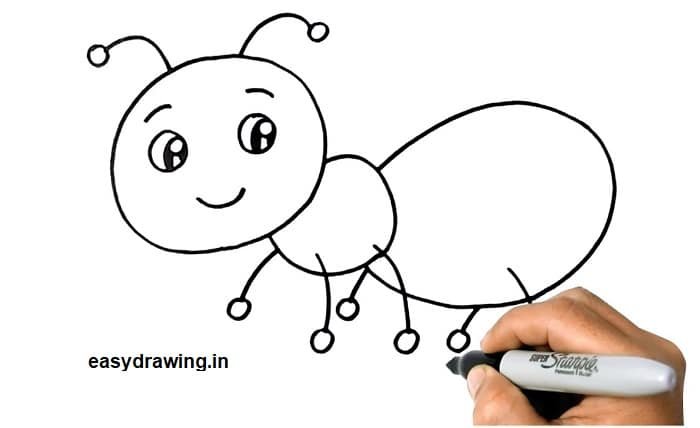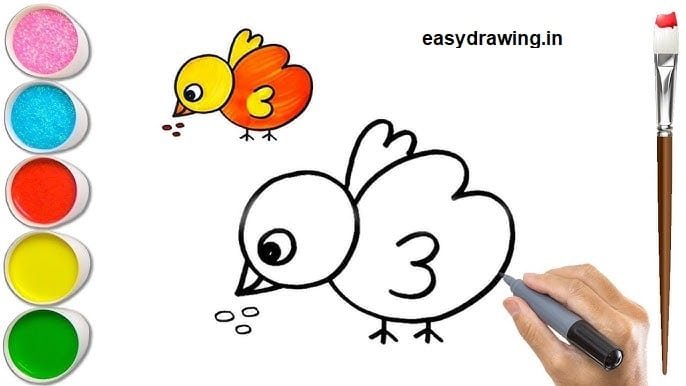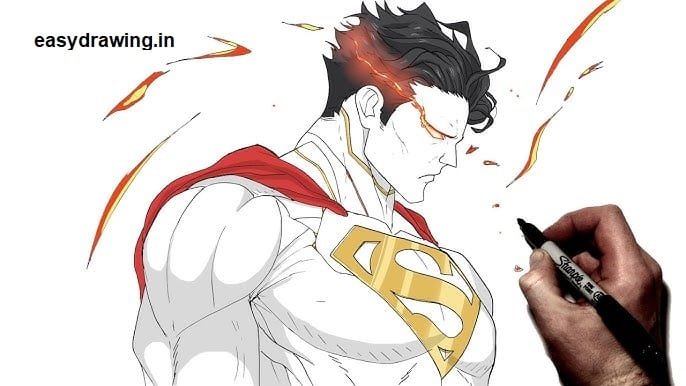About Us
Easy Drawing

Welcome to Easy Drawing, where we celebrate the joy and creativity of easy drawing. At Easy Drawing, we’re passionate about making art accessible to everyone, regardless of skill level or experience.
Founded by artists and educators, [Your Company Name] is dedicated to providing inspiration, tutorials, and resources that simplify the process of drawing. Whether you’re a beginner looking to learn the basics or an experienced artist seeking new techniques, our platform offers a wealth of easy-to-follow guides and tips.
Join us in exploring the world of easy drawing, where imagination meets technique and every stroke tells a story. At [Your Company Name], we believe that art is for everyone, and we’re committed to empowering individuals to unleash their creativity through simple, step-by-step instructions and inspiration.
Discover the joy of easy drawing with [Your Company Name], your go-to destination for nurturing artistic expression and fostering a love for art in all its forms.
Easy Drawing: Unlocking Your Inner Artist with Simple Techniques
Drawing is an art form that has captivated humans for centuries. From the cave paintings of early man to the masterpieces hanging in museums today, drawing has always been a fundamental way to express creativity and communicate ideas. Yet, many people feel intimidated by drawing, believing they lack the talent or skills needed to create something beautiful. The truth is, anyone can learn to draw with the right guidance and practice. In this blog post, we will explore easy drawing techniques and tips that will help you unlock your inner artist and enjoy the process of creating art.
The Importance of Starting Simple
When embarking on your drawing journey, it’s crucial to start with simple shapes and forms. Basic shapes like circles, squares, and triangles are the building blocks of all drawings. By mastering these, you can create more complex images with ease. Begin by practicing drawing these shapes freehand, focusing on making smooth, continuous lines.
Tools and Materials
Having the right tools can make a significant difference in your drawing experience. While you don’t need expensive supplies to get started, a few basic materials are essential:
- Pencils (HB, 2B, and 4B)
- Erasers (kneaded and rubber)
- Sketchpad or drawing paper
- Sharpener
- Ruler (optional)
Drawing Basic Shapes
As mentioned earlier, basic shapes are the foundation of drawing. Practice drawing circles, ovals, squares, rectangles, and triangles. Pay attention to proportion and symmetry, which are crucial for creating balanced and realistic drawings.
Shading and Textures
Shading adds depth and dimension to your drawings. Start by learning the basic techniques such as hatching (parallel lines), cross-hatching (intersecting lines), stippling (dots), and blending. Practice shading simple shapes to understand how light and shadow work. Experiment with different textures to make your drawings more realistic and interesting.
Drawing from Observation
One of the best ways to improve your drawing skills is by drawing from observation. Choose simple objects around your home, such as a mug, fruit, or a plant. Focus on capturing the object’s shape, proportions, and details. Drawing from life helps train your eye to see and replicate the world accurately.
Step-by-Step Drawing Tutorials
Following step-by-step tutorials can be incredibly helpful for beginners. These tutorials break down complex images into manageable steps, allowing you to build your skills gradually. Look for tutorials that focus on subjects you’re interested in, such as animals, landscapes, or cartoon characters.

Practice Makes Perfect
As with any skill, practice is essential. Set aside time each day to draw, even if it’s just for a few minutes. Consistent practice helps reinforce what you’ve learned and improves your confidence. Keep a sketchbook to track your progress and revisit previous drawings to see how far you’ve come.
Embracing Mistakes
Mistakes are a natural part of the learning process. Instead of getting frustrated, use them as an opportunity to learn and improve. Analyze what went wrong and how you can do better next time. Remember, even professional artists make mistakes and learn from them.
Drawing for Relaxation
Drawing can be a therapeutic and relaxing activity. It allows you to focus your mind, reduce stress, and express your emotions. Don’t worry about creating a perfect piece of art; instead, enjoy the process and let your creativity flow. Consider drawing as a form of mindfulness practice.
Finding Inspiration
Inspiration can come from anywhere – nature, books, movies, or other artists. Surround yourself with things that inspire you and try to incorporate them into your drawings. Explore different styles and techniques to find what resonates with you. Join online communities or local art groups to share your work and gain inspiration from others.
Experimenting with Different Mediums
While pencil drawing is a great starting point, don’t be afraid to experiment with different mediums such as charcoal, ink, or digital drawing tablets. Each medium has its unique properties and can bring a new dimension to your artwork. Experimenting with various tools can help you discover your preferred style.
Learning from Others
Watching tutorials, attending workshops, and taking classes can provide valuable insights and techniques that you might not discover on your own. Learn from experienced artists and apply their tips to your practice. Engaging with the art community can also provide support and motivation.

Developing Your Style
As you gain more experience, you’ll start to develop your unique style. This is an exciting part of the artistic journey. Your style is a reflection of your personality and preferences. Don’t rush this process; let it evolve naturally as you explore different subjects and techniques.
Sharing Your Work
Sharing your artwork with others can be both exhilarating and nerve-wracking. Whether you post your drawings on social media, participate in art exhibitions, or simply share with friends and family, getting feedback can be incredibly beneficial. Constructive criticism helps you grow, while positive feedback boosts your confidence.
Conclusion
Drawing is a skill that anyone can learn with patience, practice, and the right mindset. By starting with simple shapes, practicing regularly, and embracing mistakes, you can unlock your inner artist and enjoy the creative process. Remember, drawing is not about perfection but about expressing yourself and having fun.
FAQs
- What if I can’t draw a straight line?
Drawing straight lines takes practice. Use a ruler if necessary, but over time, your freehand lines will improve. Focus on steady hand movements and control.
- How long should I practice drawing each day?
Consistency is key. Even 10-15 minutes a day can make a difference. Gradually increase your practice time as you become more comfortable.
- Can I learn to draw at any age?
Absolutely! It’s never too late to start drawing. Many people begin their artistic journey later in life and find great joy in it.
- What should I draw if I’m out of ideas?
Look around your environment for inspiration. Everyday objects, scenes from nature, or even photographs can provide excellent subjects for drawing.
- How do I overcome the fear of a blank page?
Start with simple doodles or warm-up exercises to get your hand moving. Don’t worry about making a masterpiece right away. The key is to start drawing and let your creativity flow.
